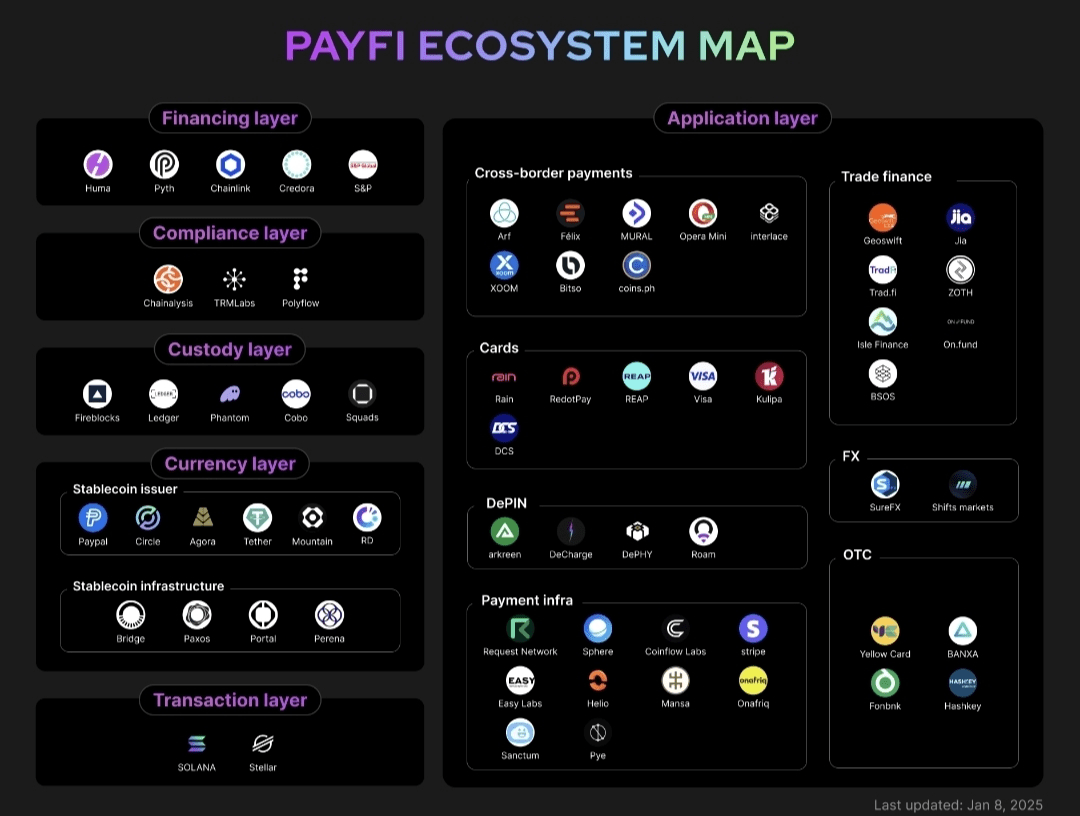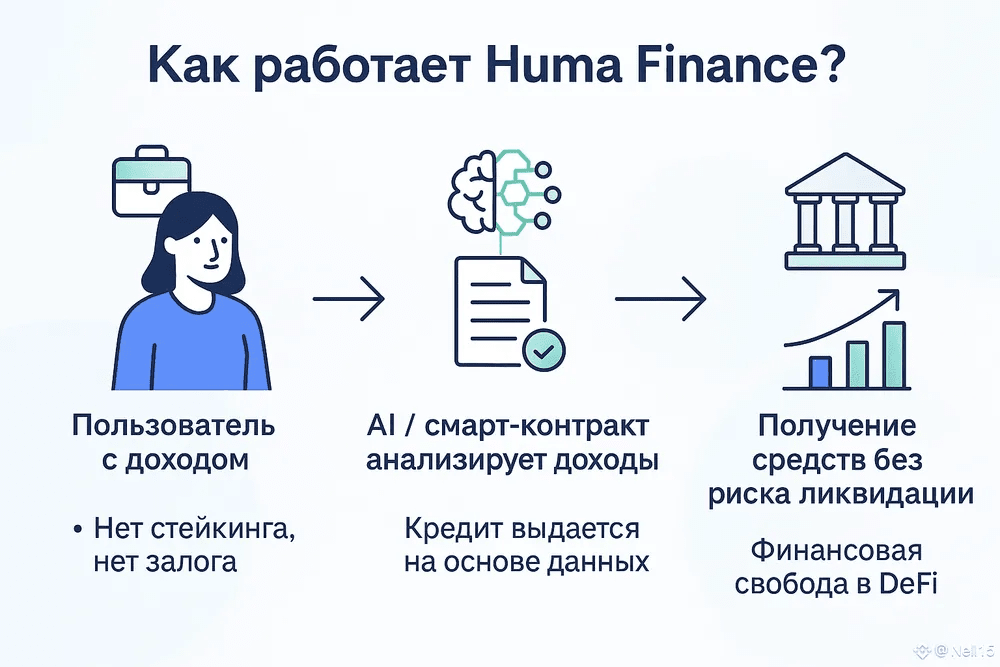Huma Finance innovatively brings users' actual income streams (such as wages, accounts receivable, etc.) onto the chain as loan collateral. This innovation addresses the issue of traditional DeFi's over-reliance on cryptocurrency asset collateral, allowing users without substantial crypto assets but with stable cash flow to obtain financing. Through technologies such as identity verification and decentralized oracles, Huma can validate borrower credit while protecting privacy, opening new financing channels for freelancers, small businesses, and other groups.
Income staking, no crypto collateral required: Huma allows users to use verifiable cash flows such as future wages and subscription income as loan guarantees without locking up cryptocurrency assets. This is particularly friendly to ordinary individuals who do not hold substantial amounts of cryptocurrency, providing more people with access to DeFi credit.
Real-time settlement, efficient cycles: Relying on high-performance public chains like Solana and Stellar, Huma achieves cross-border payment settlements within seconds. Borrowers can immediately obtain loans in stablecoins like USDC by staking their income, while smart contracts automatically manage the repayment process; liquidity providers earn very low fees (generally 6–10 basis points) daily and quickly recoup their principal, allowing for multiple cycles of funding to earn stable returns.
Open ecosystem, diverse applications: Huma supports both institutional (permissioned) and ordinary user (decentralized) models, allowing anyone to participate in liquidity mining. Project partners include payment giants and fintech companies, leading to various real application scenarios such as cross-border payments, DePIN (Decentralized Infrastructure Network), and crypto salary distribution. Liquidity providers can earn stable USDC annualized returns in the 'Classic Mode' while also receiving HUMA token rewards; they can also choose the 'Maxi Mode' to lock funds for higher token incentives.

Image: The PayFi ecosystem architecture diagram launched by Huma, showcasing a multi-layer modular framework for cross-border payments and credit.
The above PayFi ecosystem diagram created by the Huma team clearly illustrates the multi-layer architecture of future payment financing. Each layer in the diagram covers key components from efficient transaction layers, stablecoin currency layers to compliance and credit layers, marking the main participants in the ecosystem (such as financial institutions, on-chain protocols, etc.), visually reflecting Huma's position within an open, modular payment network.
In addition to innovatively utilizing income streams, Huma is also committed to introducing a wider range of real-world assets (RWA). Most RWA projects focus on tokenizing physical assets like real estate and bonds, while Huma tokenizes income and credit itself. For example, Huma's solution enables groups such as temporary workers, DAO contributors, small businesses, and global freelancers to obtain on-chain credit through future income. This positioning not only broadens the user base of DeFi but also accelerates financial inclusion: workers and small enterprises in many emerging markets have historically struggled to obtain loans within traditional financial systems, but Huma allows them to secure funding by proving future income.
Looking ahead, as the attention on real assets on-chain increases, Huma's full-chain credit infrastructure holds enormous potential. Industry insiders believe that income-based lending is the next frontier market for DeFi, and successful implementation could connect to a trillion-dollar scale of the real economy. Huma has already launched collaborations in multiple markets and plans to expand into more income data sources and links, support multiple public chains and decentralized governance, and drive continuous evolution of the protocol.

Image: After the launch of Huma 2.0, anyone can participate in liquidity provision via mobile phone, enjoying stable returns and token incentives.
Meanwhile, the value of the Huma community continues to be highlighted. HUMA tokens are not only used for protocol governance but also incentivize data providers and loan auditors, providing collateral guarantees for risk pools. Huma 2.0, launched in April 2025, begins a decentralized era, removing thresholds for professional investors, allowing ordinary users to deposit funds and become liquidity providers, earning USDC returns and receiving token rewards. In the future, as token issuance and DAO mechanisms are implemented, token holders will be able to participate in risk model formulation and ecosystem parameter governance, sharing in Huma's growth dividends.
In summary, Huma Finance brings real-world income onto the chain, pioneering a new approach to DeFi credit. By allowing income staking and utilizing a modular architecture, it facilitates faster circulation of financial resources and provides a reliable, open financing path for global users. Follow @Huma Finance 🟣 humafinance for the latest updates on #HumaFinance and witness the flourishing of this innovation in the Web3 era together with the community!